Read research stories
Watch the videos
Inside the Pig Centre
Farming at the Cutting Edge
Measuring to manage
Introduction
Our relationship to food has never been more important. With more people, consuming more on average, and a limited amount of space that can be turned into farmland, it’s never been more important that we make the most of the land that’s available and the resources - both in terms of human ingenuity and material inputs - that we use to farm it.
If we want our food system to work for us, as well as for the environment we rely on, we need to optimise what goes in, to maximise what comes out, while measuring the environmental outcomes - both desirable and undesirable - of the way we produce and consume food.
At the University of Leeds Research Farm, farmers and academics, working with industry partners, are at the cutting edge of measuring and managing both how our food is produced and the impacts of our consumption on people and the environment.
Flux towers measure the changing content of the atmosphere above the soil
Livelihoods & Economics
Working on a commercial farm offers a unique insight into the real world consequences for farmers of changes to how food is produced. Moving from blanket application of fertiliser to a system in which every plant gets exactly the amount of nutrients they need not only reduces the negative effects of fertiliser runoff, it also significantly improves a farmer’s bottom line. Tailoring pig feed to optimise growth and improve the health and welfare of pigs for pork has a similar benefit. By working closely with farmers, measuring what matters to them and to society, we can make sure our research is relevant to the lives of farmers in the real world.
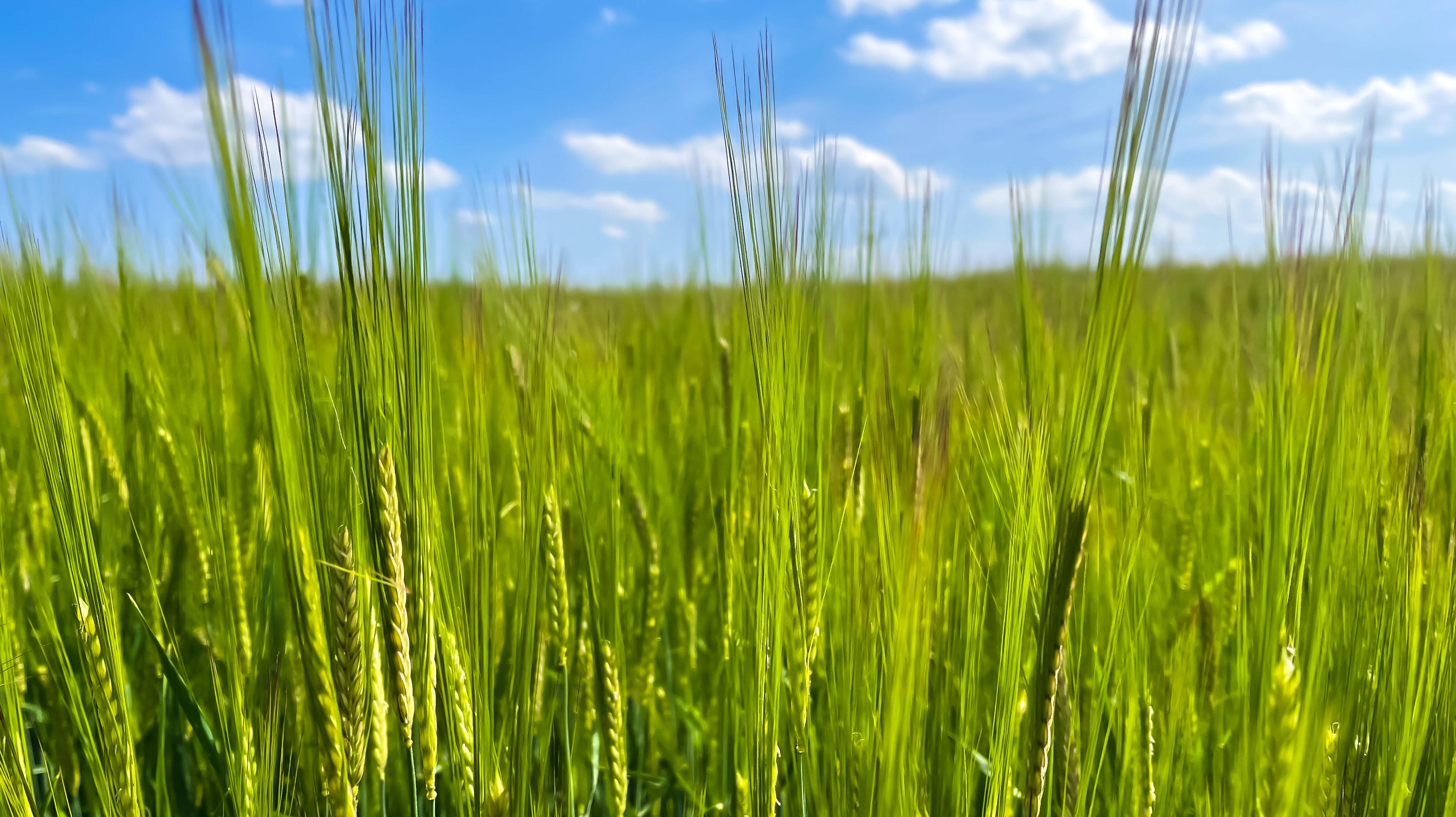
From micro to macro scales
The whole systems approach we take to understanding food systems means we look at everything from crop genetics, soil structure and groundwater contaminants to the global implications of climate change, global consumption patterns and everything in between. Only by capturing the ways that different parts of the system interact can we understand what needs to happen from a local to a global level in terms of practices and policies.
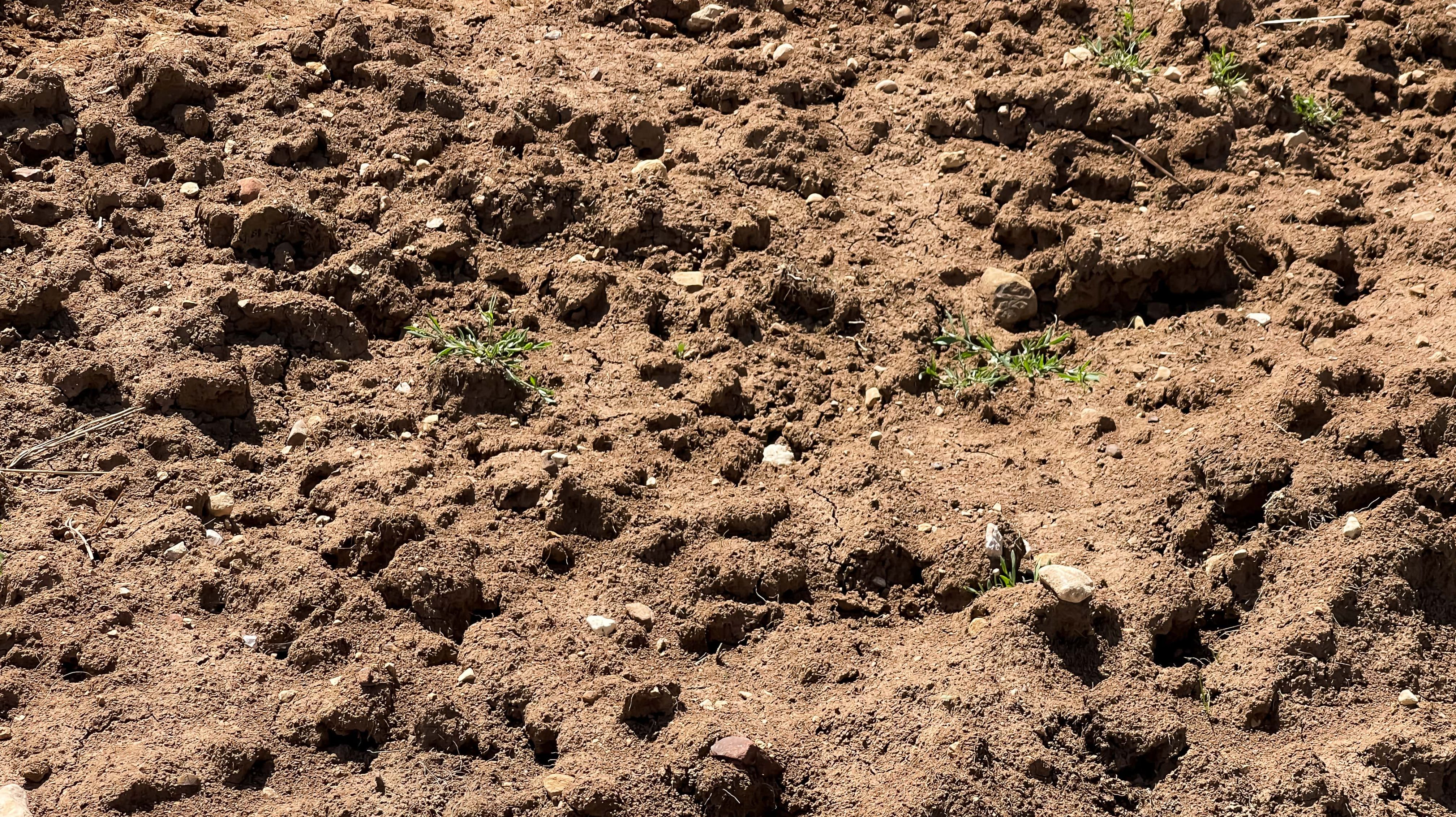
Human and animal health
At the farm we are pioneering research into how veterinary medicines used in farming affect the water we drink, and how different feed and veterinary treatment standards affect animal health, as well as examining one of the greatest challenges of our time - the effect of farming on the resistance of microbes to antibiotic treatment. Only by measuring the intricate connections between human health, the food we eat, and how it is produced can we shape the system for pro-health outcomes.
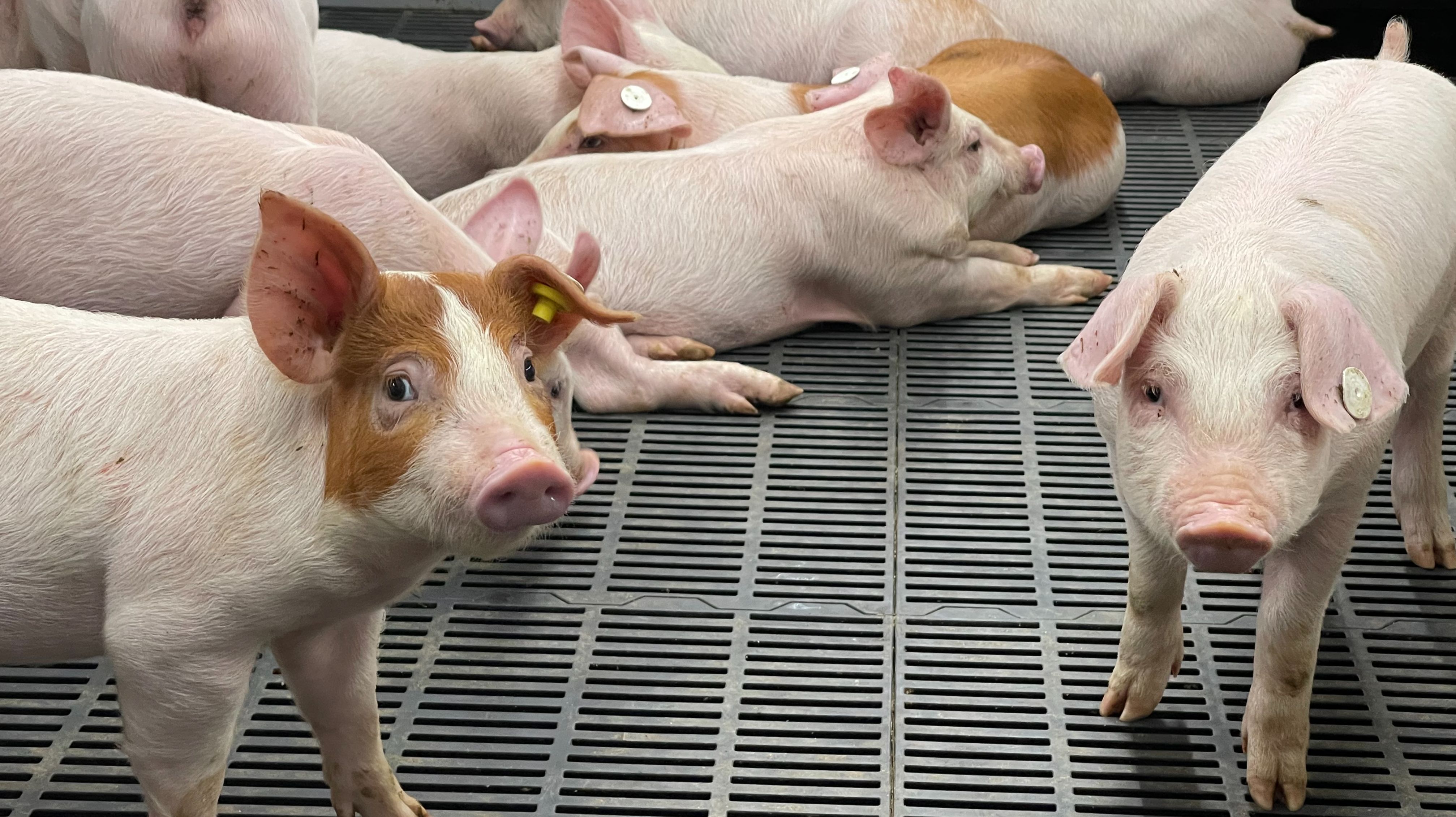
Environment
Understanding how what we eat affects the environment is central to everything that happens at the farm. By monitoring farming inputs and environmental impacts on a commercial farm we can understand precisely how what we eat and how it is produced impacts on the environment, both locally, and globally.
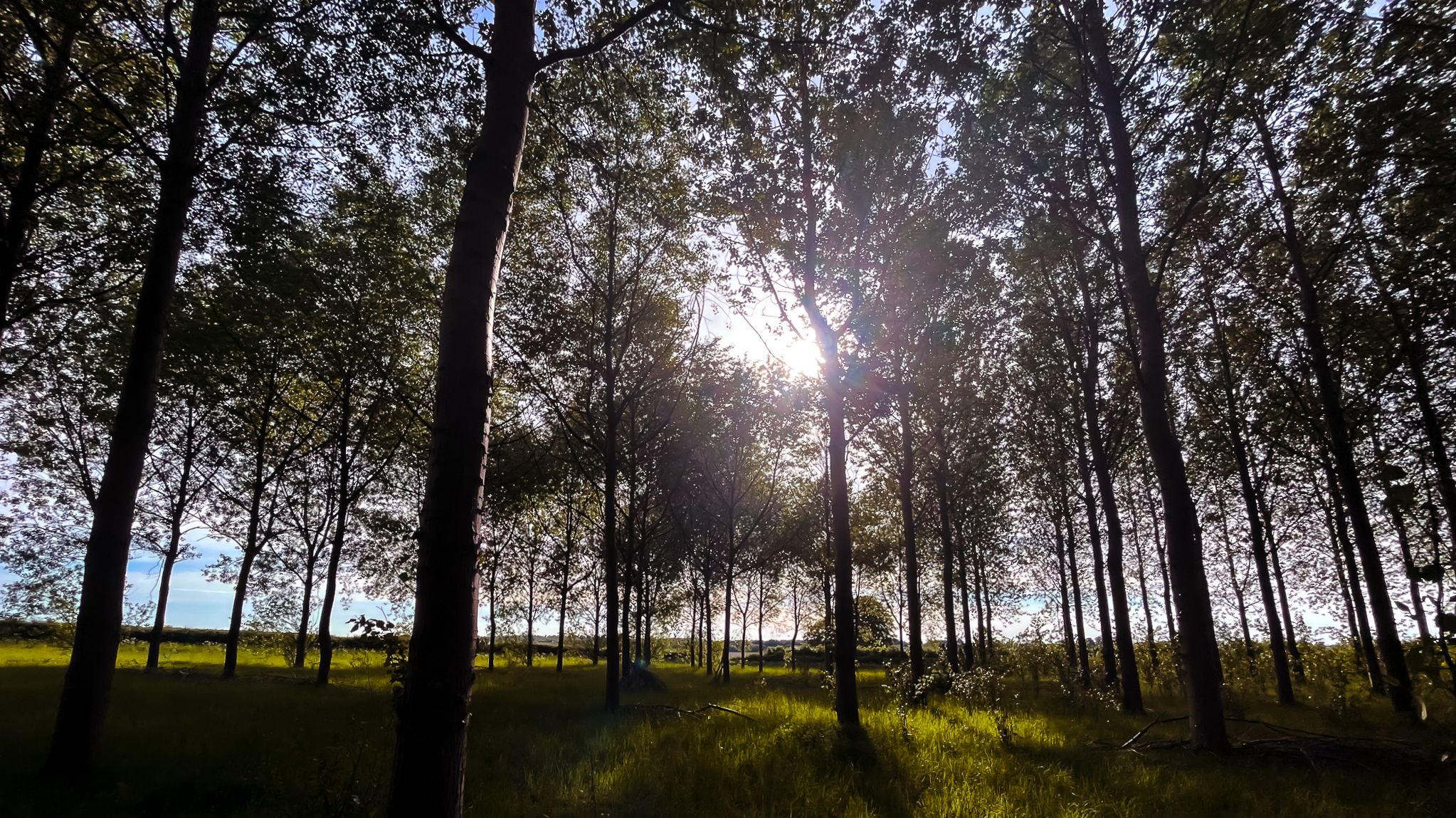
Technology and the future of food
The research farm is at the heart of the University’s work to transform the way we produce and consume food. We are developing technologies and practices to measure everything from the genetics of crops to the movement of pigs around the farm. We are measuring the waste produced by our pig farm, and the effect it has on the environment. And we are moving from relying on periodic sampling to measure soil and water quality to continuous, real-time sensing.
Research Facilities and Active Research Projects
N2 Project - cutting edge innovation
N2 Applied has developed plasma technology, a system that reduces the emissions from slurry while at the same time increasing the nutrient content of the slurry, thus leaving a more valuable fertiliser.
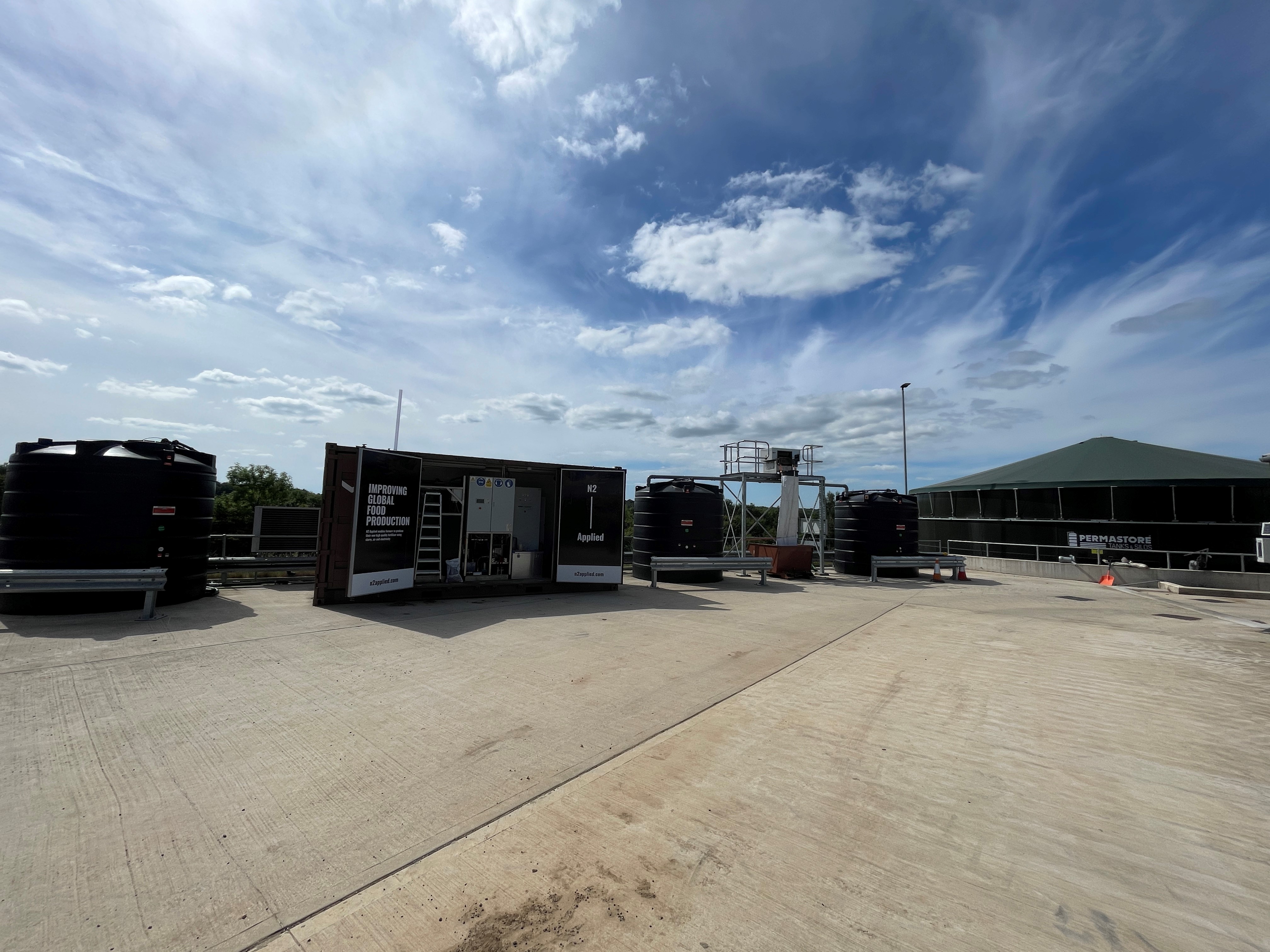
The role of the National Pig Centre has to be to lead on the integration and implementation of technologies that will make pig production sustainable and profitable. The addition of a commercial-scale N2 Applied slurry processing unit to the NPC represents part of this effort to define what future pig farming should look like. Our vision is to provide a roadmap for pig farmers to reduce GHG emissions and achieve carbon neutrality well before the NFU’s 2040 target while at the same time improving productivity and profitability.
The N2 equipment at the NPC will also explore animal health benefits, soil health improvements and optimising nutrient use efficiency in pig production, with testing mainly focused on the centre’s indoor sow unit.
Agricultural Robotics
The robotic system consists of a multi-purpose robotic platform, two robotic arms, and different types of end-effectors for planting, de-weeding, fertilizing, ploughing, spraying, picking and harvesting, a variety of sensors, including at least 2 force sensors, 2GPS, environmental sensors, inertial sensors and a vision system with 4 cameras.
The proposed instrumentation will support research and innovation on robotic manipulation such as soft manipulators, force sensing, path planning, control and intelligence. Other areas that will be supported include vision-guided autonomous control for food harvesting, sorting and packaging, e.g., vision-based sorting techniques, robot navigation in farms, multi-sensing techniques for harvesting and food quality inspection. These capabilities can also address orchards robotics including fundamental sensing techniques, autonomous orchard robot development, and robotic arms for picking fruit or pollinating flowers.
Multi-sensor Agricultural Robot for Soils (MARS)
A STFC Food Network+ funded project, starting in 2022. Our capacity to produce food is threatened by increasing temperatures and the likelihood of more droughts and floods with climate change. Additionally, agricultural soils, a precious resource for food production, have been depleted by conventional management practices. Improving soil health is essential to make food systems more resilient, but sampling and analysing soils at scale is quite costly and labour intensive. The combination of novel sensors with new ways of analysing data is a promising approach. In this project, we will explore the use of lower cost gamma ray sensing to produce maps that can help farmers manage their crops more sustainably. We will combine these gamma ray sensors with ultrasound and other sensors deployed on an agricultural robot, which will be tested at the Leeds Farm. The proposed system will contribute to making agriculture more resilient to climate change, more profitable and more sustainable.
Farm2lab project
Demonstrating that genetic variants with demonstrable benefits under lab conditions will still have those benefits when grown under field conditions is difficult, typically requiring multi-year assessment of new crop varieties in field trials.
The facility accelerates the translation of lab-based research to the farm and farm-based research to the lab by providing the capability to mirror, in real-time, fluctuating light and temperature conditions at the University of Leeds Farm and other field sites. It provides the means to test future climate scenarios by varying elements of the physical environment such as temperature, rainfall and CO2 levels, either individually or in combination. Our Farm2Lab facility enables us to demonstrate that new germplasm is 'farm ready' in a lab environment. It accelerates the testing of new varieties.
Looking after the land
From Stewardship to regeneration
Introduction
At the University of Leeds Research Farm we are studying approaches to agriculture that move beyond simple minimisation of the impact of farming towards seeing farming as something that regenerates the land and provides valuable ecosystem services to society at large.
The world population is predicted to be 9.7 billion by 2050. The market for agricultural commodities should be booming but global food prices have been flat or declining for the last decade. Prices are low with grain production at an all-time high, even when one-third of crops end up lost as waste. Despite this, more and more land is being used to grow our food, leading to environmental degradation, loss of native forest cover and grassland. Understanding that stewardship of the land, from water to soil to plant to air, is central to the future sustainability of our food system offers an alternative vision of how what we eat could be produced in the coming decades.
The University of Leeds Research Farm is embedded in a 317 hectare commercial farming operation
Environment, soil and sustenance
Regenerative agriculture is a system of farming and grazing practices such as limiting soil disturbances and keeping soil covered. Among other benefits, such practices help rebuild soil organic matter and restore degraded soil biodiversity, which help strengthen the many beneficial functions that soil carries out. Soil functions include storing carbon to help reduce the impacts of climate change, improving water infiltration and storage, storing nutrients and supplying these to plants, filtering out chemical pollution in drainage water and maintaining habitat to support farm biodiversity.

Livelihoods & Economics
With the prevailing trends in global production and grain prices, profit margins for arable farming are tight. This squeeze on margins is just one of many pressures on the UK rural economy where average farm incomes have been stagnant for the past 15 years. In the face of the global market conditions for agricultural commodities and the downward pressure on incomes from production, farm livelihoods aren’t sustainable. We are exploring which novel agricultural practices can offer an alternative.
Regenerative approaches offer business value through reduced overheads on fuel for tillage and fertiliser use, while carbon market schemes are exploring the potential to pay farmers to lock more carbon into soils by building up soil organic matter.
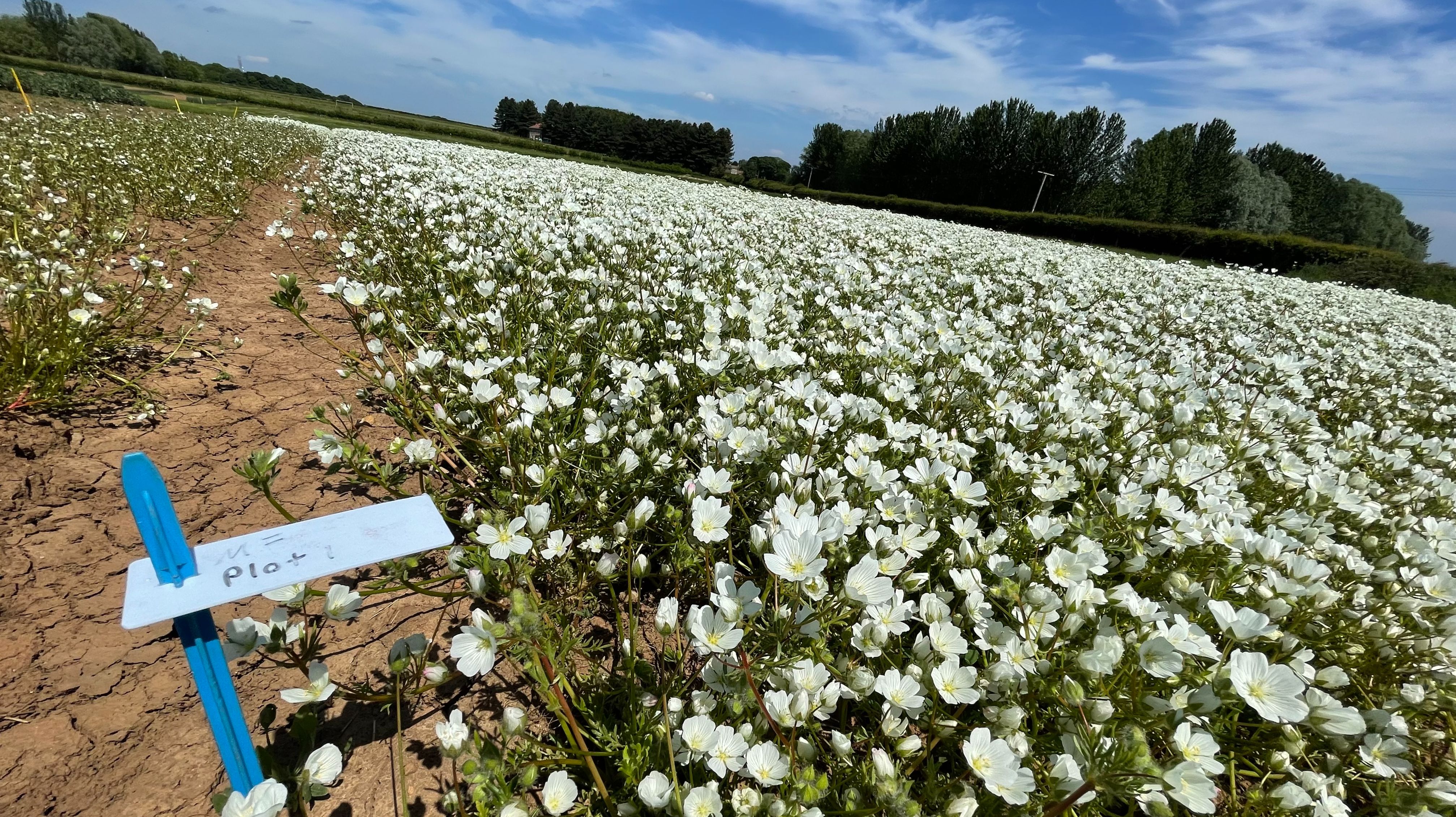
Technology & Precision
There’s still a lot we don’t understand about how regenerative agricultural models could and should work - in terms of their potential contribution to climate change, the extent to which farm businesses can benefit from reduced input costs or new revenue streams via the carbon market, and the local benefit to water quality, biodiversity and soil fertility. That’s why we are using the latest, real-time sensing technology to understand the dynamics of the soil-water-plant-atmosphere system.
At the University of Leeds research farm we are at the forefront of efforts to deploy the latest technology to understand the whole system. Our critical zone observatory is installing soil moisture sensors, which allow us to observe plant-soil-water interactions, imaging techniques to monitor vegetation, boreholes to monitor groundwater movement and potential pollution from fertilisers and pig farm runoff, and systems for real-time monitoring of farming activities. The observatory hosts a cluster of lysimeters that allow controlled measurements of material and energy flows through vegetation, water and soil at the scale of the soil profile. All of these help us understand the challenges and opportunities presented by regenerative future farming models.
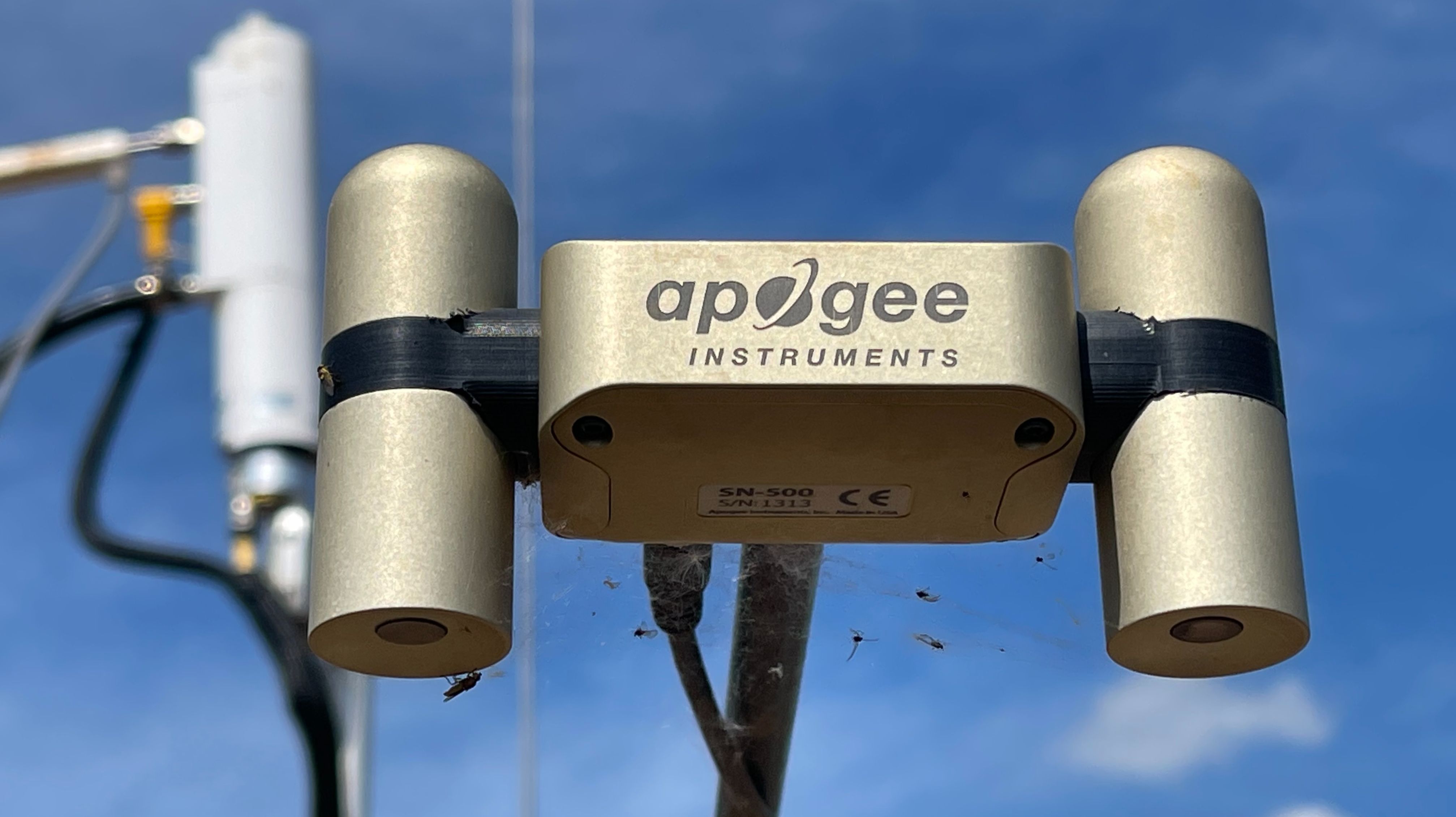
Soil health, human health, locally and globally
Healthy soils are important to human health not only because soil is where our food comes from, or because of the hazardous chemicals, heavy metals and pathogens that unhealthy soils harbour, but also because of the central role they play in the carbon impact of farming practices and the attendant positive or negative impact on climate change. Soil plays a key role in keeping our water clean, in feeding us, and in storing carbon, so the central importance of regenerating soils in a sustainable future can’t be overstated.
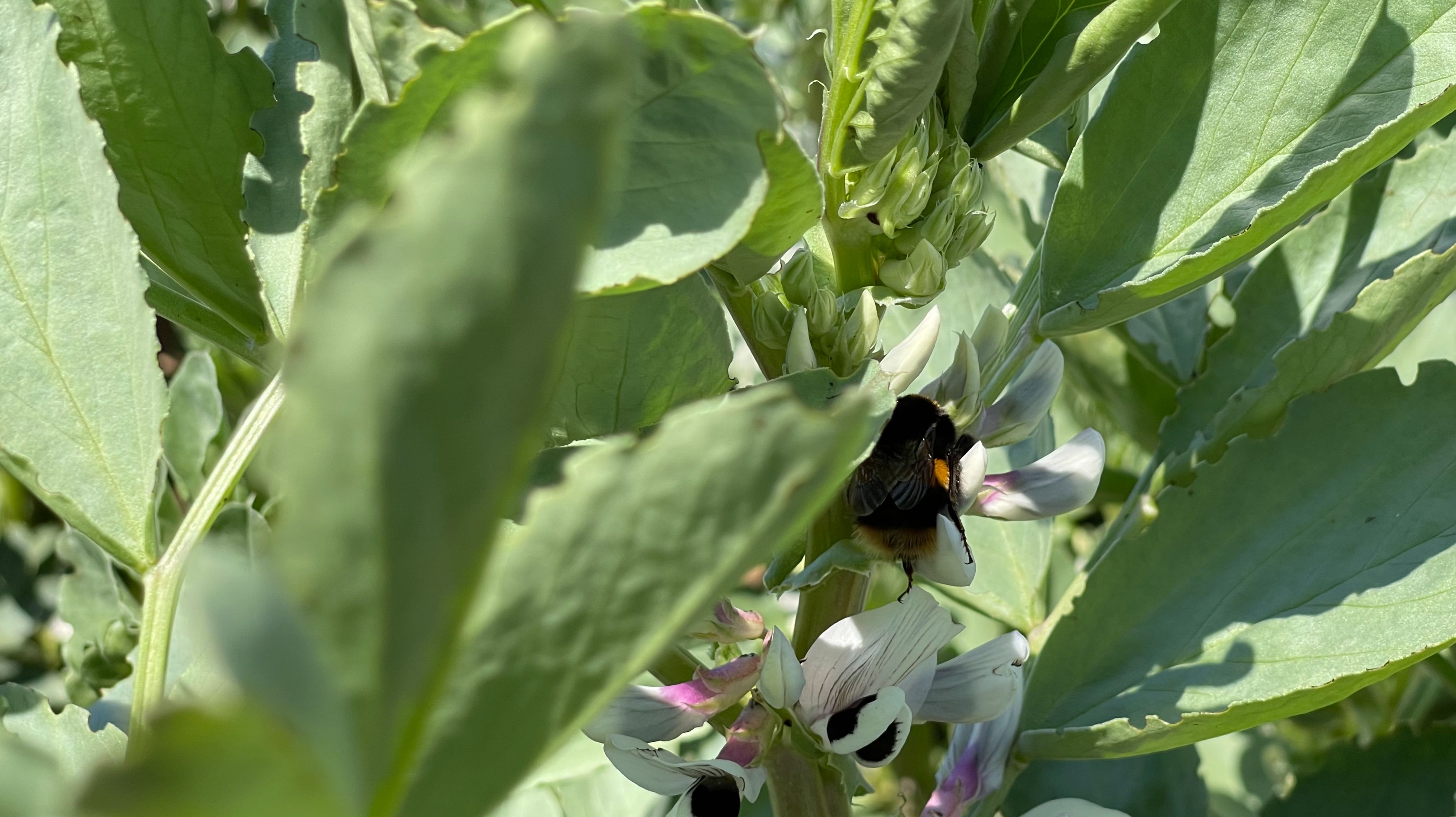
A regenerative future for agriculture
Regenerative agriculture offers a vision of farming beyond 2050 with practices that will continue to thrive and develop. It will continue to offer lessons to agriculture, including more sustainable intensive farming, that contribute to improving planetary health into the 22nd century. Regenerative agriculture starts with soil but it has the potential to do so much more. The opportunity as it becomes more mainstream is to improve farm livelihoods, feed communities, mitigate climate change, reduce flood risk, enhance biodiversity and offer cities within a region a connection to the land that feeds them. At the University of Leeds research farm we are uniquely placed to shape the future of regenerative agricultural approaches as they move into the mainstream.
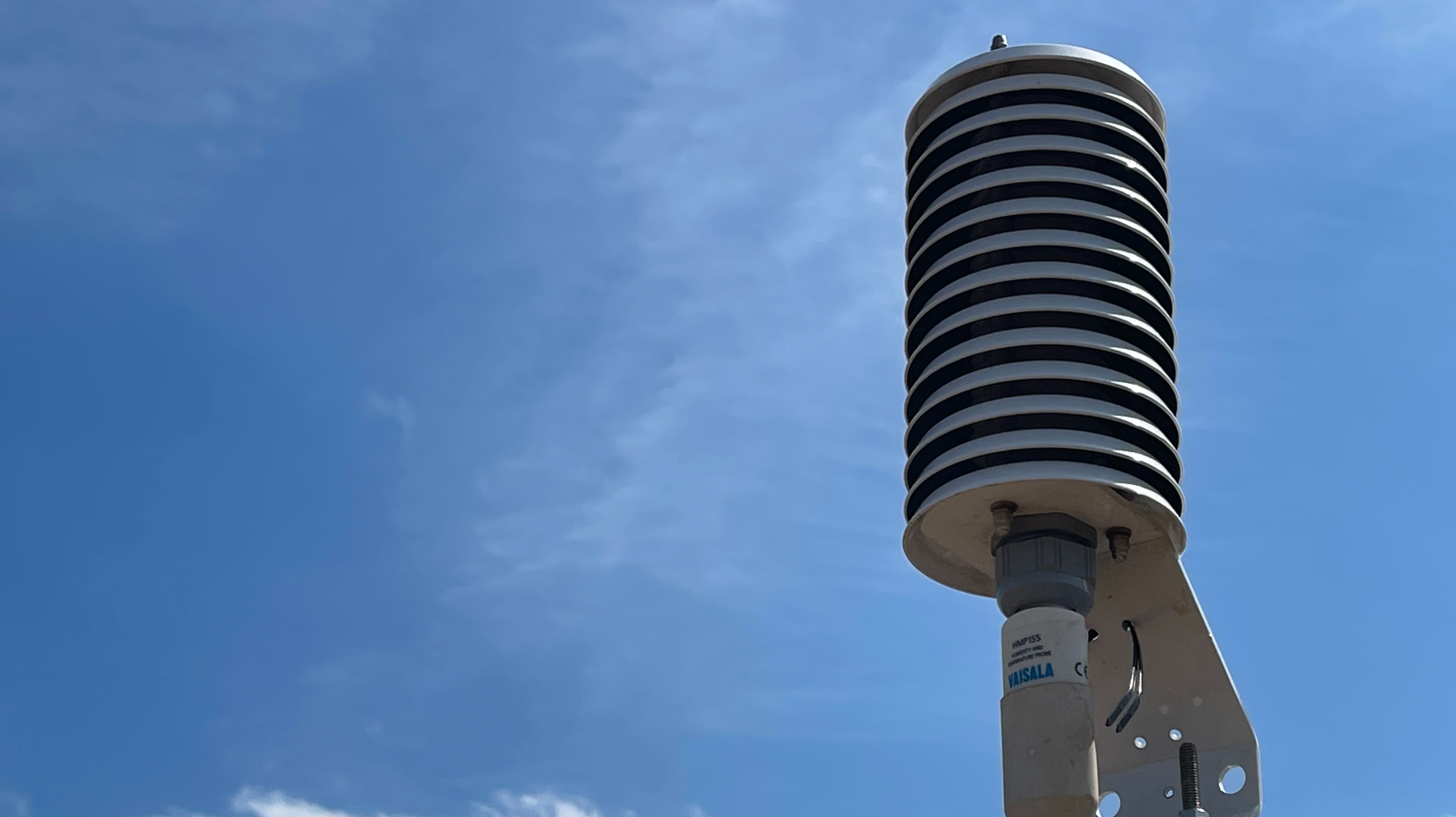
Research on the Farm
Regenerative agriculture offers a vision of farming beyond 2050 with practices that will continue to thrive and develop. It will continue to offer lessons to agriculture, including more sustainable intensive farming, that contribute to improving planetary health into the 22nd century. Regenerative agriculture starts with soil but it has the potential to do so much more. The opportunity as it becomes more mainstream is to improve farm livelihoods, feed communities, mitigate climate change, reduce flood risk, enhance biodiversity and offer cities within a region a connection to the land that feeds them. At the University of Leeds research farm we are uniquely placed to shape the future of regenerative agricultural approaches as they move into the mainstream.
Research Instrumentation for Vegetation and Biological Diversity
This set of instrumentation supports the study of crop phenotyping, crop development, disease dynamics, yield, pollination, and providing of co-benefits (ecosystem services). The instrumentation will allow systematically monitoring vegetation from leaf to field to landscape scales.
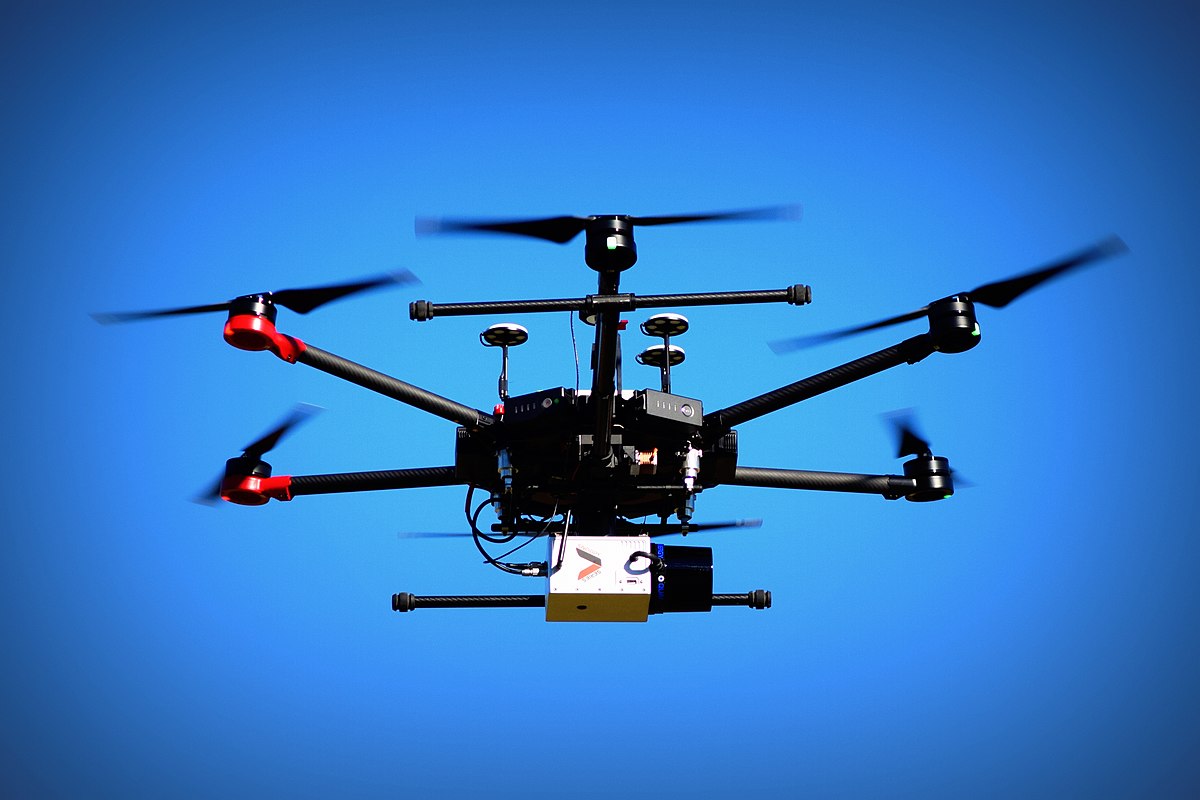
Field-level hyperspectral imaging with a drone will allow linking up point measured spectra to satellite imagery. A handheld spectroradiometer will measure point spectra of crops and non-cropped areas at different growth stages. A farmers-oriented eBee Plus fixed wing autonomous drone will test how methods developed with high-end UAV can be adapted by farmers and how monitoring approaches may be potentially commercialized as data services.
A precision crop harvester will map harvest yields at meter-resolutions and link those to remote sensed time series observations. This is particularly important for testing precision agriculture approaches to crop production, as it enables checking of the uniformity of the final products. Additional investment in basic farm tractor and implements is included in this capability and required for all agriculture research operations. A portable instrument will measure leaf-level photosynthesis and chlorophyll fluorescence. The monitoring capability will utilise state-of-art workstations to performed complex GIS, airborne and satellite remote sensing analysis.
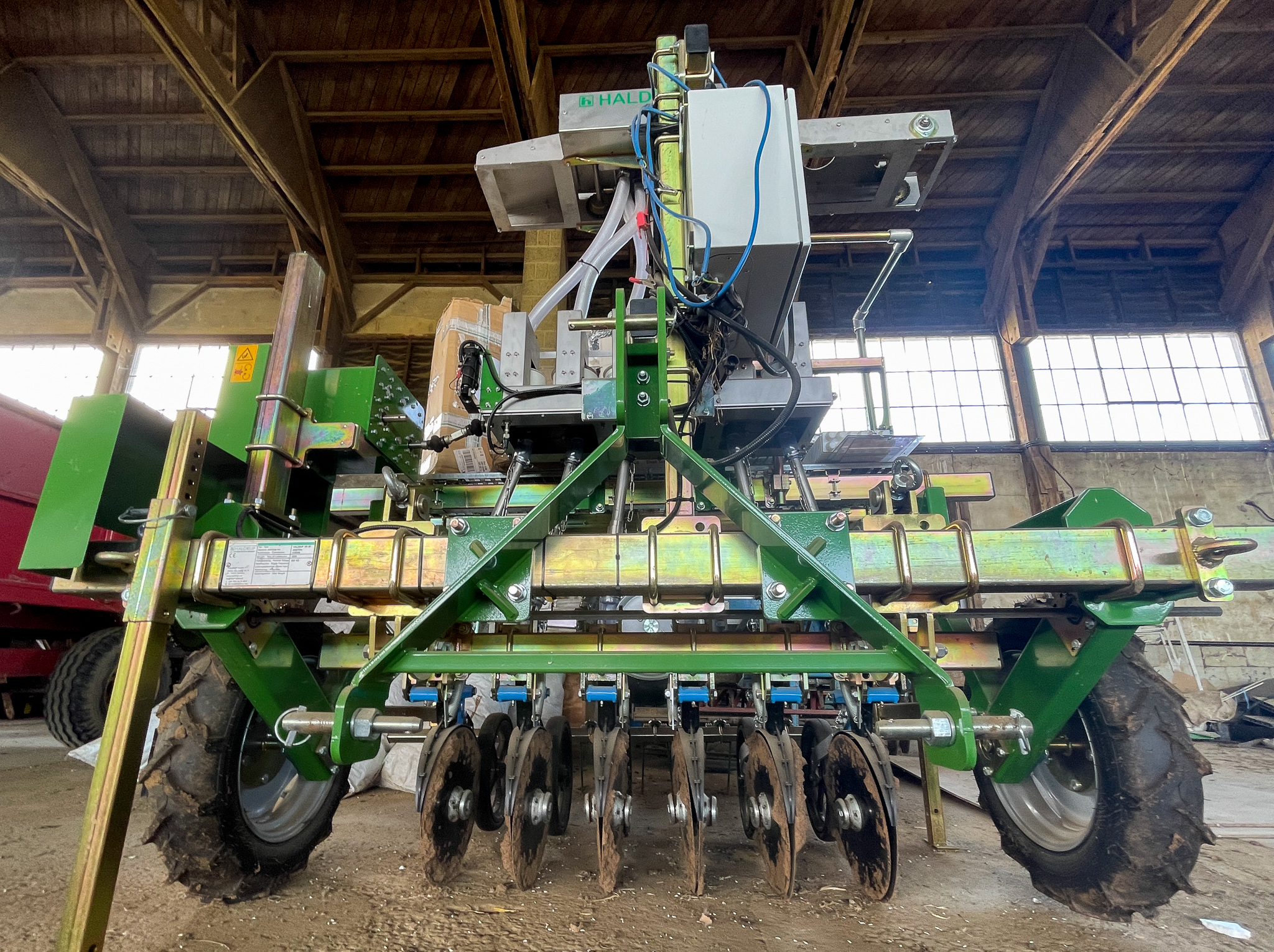
The harvester is fitted with an integrated Zeiss Corona Extreme Near-Infrared (NIR) spectrophotometer system that measures the intensity of light relative to its wavelength which along with the InProcess software allows real time measurements of dry matter content, protein and other harvest quality indicators.
Food and footprints
Towards carbon neutral farming
Introduction
We envisage a radically different global food system which works with nature and provides everybody with access to safe and nutritious food while adapting to a changing climate and contributing to climate change mitigation.
Our aim is to develop enduring solutions that help bring about transformative change to create a food system that is socially-just and climate-smart; able to adapt vigorously to enhance the future habitability of our planet.
Central to this is our work at the University of Leeds Research Farm to investigate the potential for agricultural systems to remove carbon from the atmosphere and store it in soils and biomass, and to adapt to the future challenges of a changing climate.
Combining forestry and farming may be one way to mitigate the impact of farming on climate change
Supply & Demand Beyond Economics
In studying and designing climate-smart systems we have to consider both supply and demand. On one hand, we consider the supply side and the constraints of the environment on providing sufficient productive agricultural land and water supply, as well as the pressures of land degradation on soil fertility as elements that need to be managed in order to supply enough food.
On the other hand, there is the demand side, with a rapidly growing and urbanising global population, which is creating demand pressures on the supply chains that link up the system.
By working embedded in a commercial farming operation, researchers at the University of Leeds are looking for ways to improve the functioning of this system in a way that is climate-smart both locally and globally.

Technology & Precision for both mitigation and adaptation
At the University of Leeds Research Farm we are creating a digitally connected smart farm, operating at commercial scale. From soil carbon studies and crop resilience research to flux towers measuring atmospheric carbon above the field
The Research Farm is an environmental observatory embedded within a 320-hectare commercial farming operation. The farm operations and the environmental observing systems are being linked to create a digitally connected smart farm which partners with other sites and research facilities around the world.

Local Measurements, Globally connected
Using these field measurements, as well as those from partner sites around the world, as data sources, we are carrying out biogeochemical modelling which seeks to understand how agriculture can be more climate resilient, while contributing to climate change mitigation.
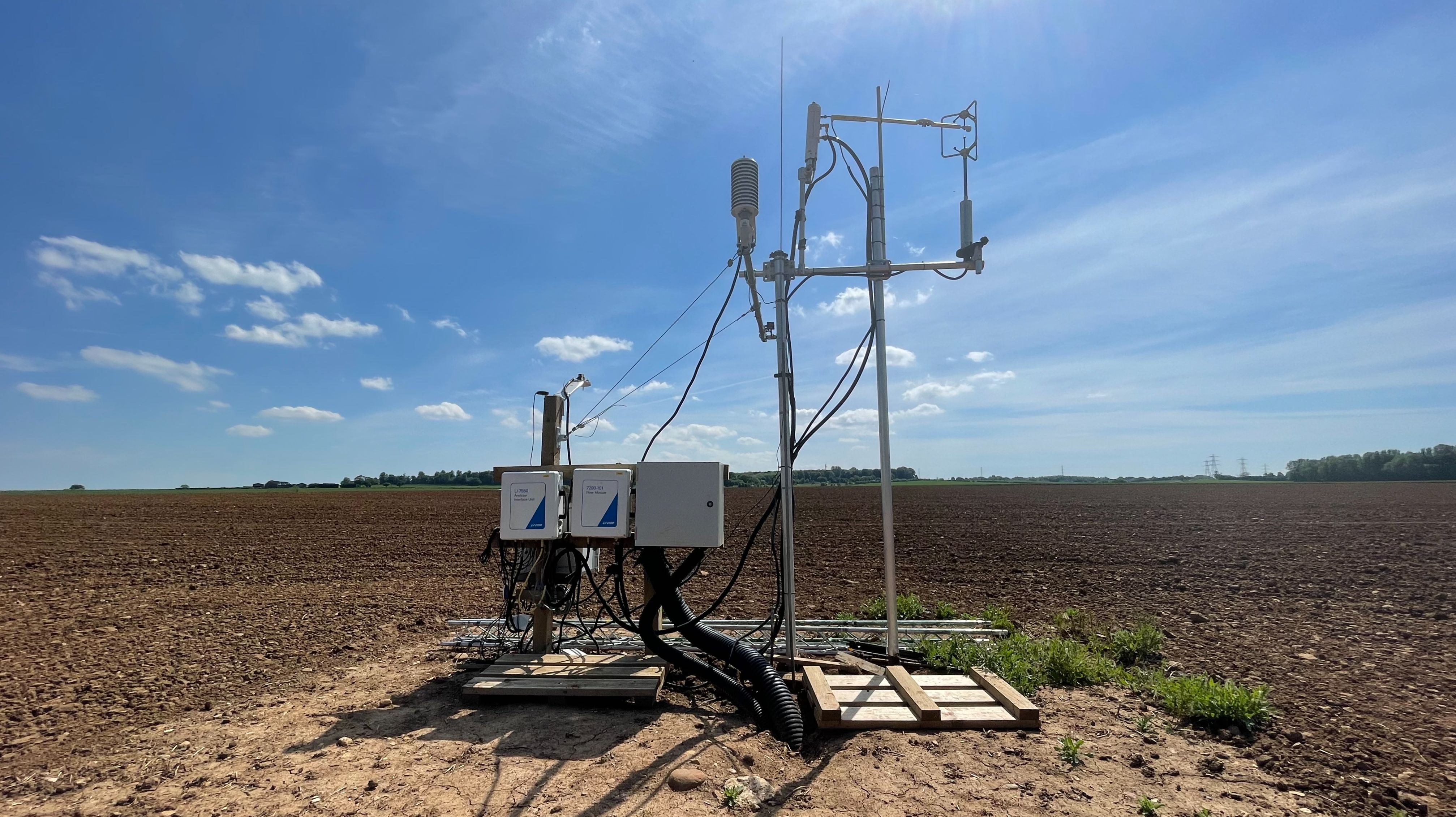
Soil carbon storage
The soil stores significantly more carbon than either the atmosphere or living plants do, making soil carbon storage a significant potential asset in climate change mitigation. Meanwhile, conventional farming techniques tend to degrade soil while reducing the carbon stored within them. We are working to reverse the impact of farming on climate change.
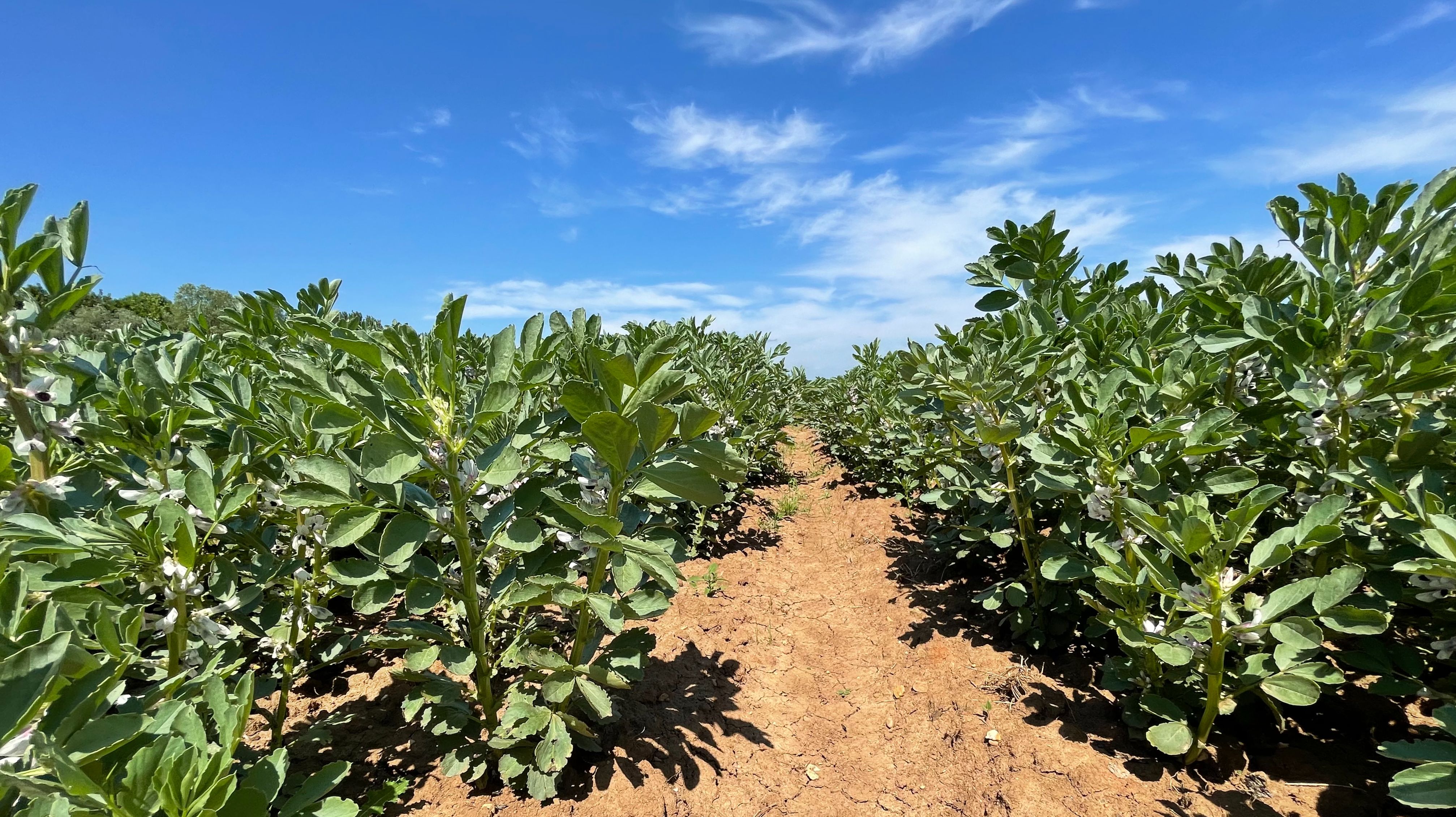
Future research
Climate-smart agriculture is key to reaching Net Zero targets in the UK. To help drive this goal, Leeds academics are working with research partners and government agencies to improve sustainability for farmers, providing insights into how soil management can reduce environmental pollution from agriculture. Managing soil differently could enhance its potential to sequester carbon, and farmers could be given guidance on how to improve their practises from the results of the research.

Research Facilities and Active Research Projects
The Institute of Atmospheric Science
The Institute of Atmospheric Science in the School of Earth and Environment is ranked 25th in the world for Atmospheric Science in the Shanghai Ranking's Global Ranking of Academic Subjects 2021.
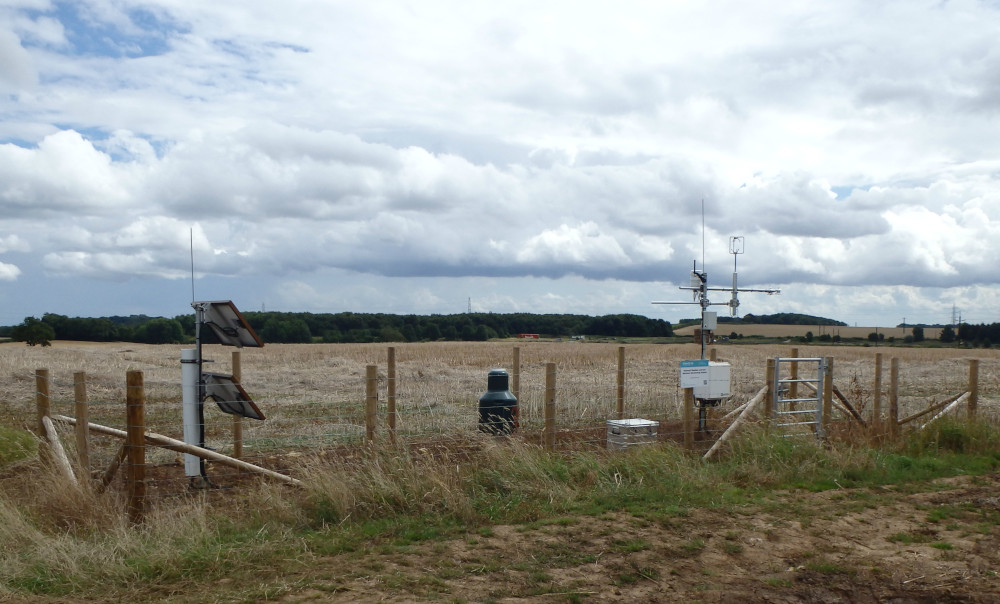
This critical mass of tier-1 atmospheric and climate science expertise enables the establishment of a world-leading atmospheric observatory that is integrated with the University farm observatory. The observatory will be a secure site housing a full suite of atmospheric instrumentation with the option to add more for specific field trials. Instrumentation will include a next generation AeroEcology radar that will be able to detect single animals as small as 1mm (entomology) and as large as 2m (a focus on bird detection). This radar fills a capability gap in the UK.
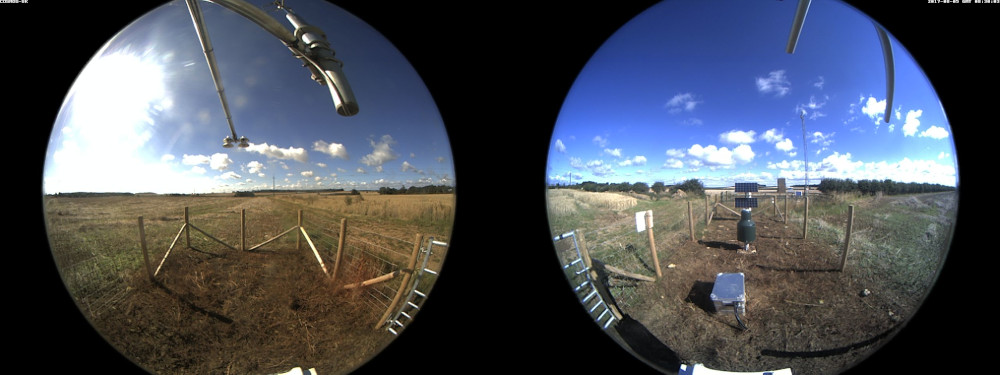
Met office and COSMOS-UK Site
The University of Leeds Research Farm is also the site for the UK Met Office weather station in the region and the COSMOS-UK network site. The stations are situated on the boundary between two large arable fields that slope very gently to the north, east and south. Data from both long-term monitoring stations can be accessed to help with research and field trials. The Met Office Weather station is a standard set up which includes atmospheric pressure, air temperature and humidity, wind speed and direction and precipitation. In addition, the COSMOS includes net radiation (incoming and outgoing long and short-wave radiation), potential evaporation, daily mean albedo, soil moisture content at multiple depths (5-50cm) and soil temperature profiles at multiple depths (2-50cm). You can view the live data from the site here: https://cosmos.ceh.ac.uk/sites/SPENF
BioDAR project
In the 21st century, large-scale insect declines have been described extensively in the scientific literature and reported with considerable hype in the mainstream media. These insects and other small invertebrates provide vital ecosystem services as food for other, larger organisms, pollinators of crops, and controllers of pests and diseases. What has been recognised now is that the data on which the insect decline narrative is based is sparse in space and time and heterogeneous in structure. The Leeds-led BioDAR project will provide a consistent and extensive new dataset that can be used to monitor insect populations using existing weather radar networks. BioDAR will operate across the UK with potential application around the world to other radar networks.
Vertical-looking radar – next generation aeroecology radar
While weather radar networks are capable of mapping biodiversity at large scales, there exists a critical gap in the global environmental science equipment pool for a device that is capable of high-resolution recording of flying organisms at smaller scales. The Leeds Research Farm’s vertical-looking radar (VLR) will fill this gap. The VLR is a next generation aeroecology radar that can detect single animals as small as 1mm (a focus on entomological detection) and as large as 2m (a focus on bird detection). Integrating both entomological, chiropterological (bats) and ornithological detection into a single device enables substantial breakthroughs in aeroecology that complements efforts like the NERC-funded BioDAR project that uses meteorological radar to looks at scales larger than 1km2. The Research Farm is the ideal place to develop and host such an instrument, given the combined expertise in radar engineering, atmospheric physics and biodiversity science. The device itself is be built around robust, commercially available off-the-shelf (COTS) marine radar technology and utilises data acquisition and analyses methods that extend the abilities of the earlier generation radars to include dual-polarisation capabilities to overlap with the large-scale observations enabled by weather radar networks.
This set of instrumentation supports the study of crop phenotyping, crop development, disease dynamics, yield, pollination, and providing of co-benefits (ecosystem services). The instrumentation will allow systematically monitoring vegetation from leaf to field to landscape scales.
Field-level hyperspectral imaging with a drone will allow linking up point measured spectra to satellite imagery. A handheld spectroradiometer will measure point spectra of crops and non-cropped areas at different growth stages. A farmers-oriented eBee Plus fixed wing autonomous drone will test how methods developed with high-end UAV can be adapted by farmers and how monitoring approaches may be potentially commercialized as data services.
A precision crop harvester will map harvest yields at meter-resolutions and link those to remote sensed time series observations. This is particularly important for testing precision agriculture approaches to crop production, as it enables checking of the uniformity of the final products. Additional investment in basic farm tractor and implements is included in this capability and required for all agriculture research operations. A portable instrument will measure leaf-level photosynthesis and chlorophyll fluorescence. The monitoring capability will utilise state-of-art workstations to performed complex GIS, airborne and satellite remote sensing analysis.
A chamber system to analyse fluxes from crops and soil
An automated chamber system with CO2, H2O, CH4, N2O analyser to monitor fluxes from growing crops/soil. The equipment improves quantification of carbon, water and nitrogen balance as well as global warming potential (GWP) of agricultural practices at the farm.
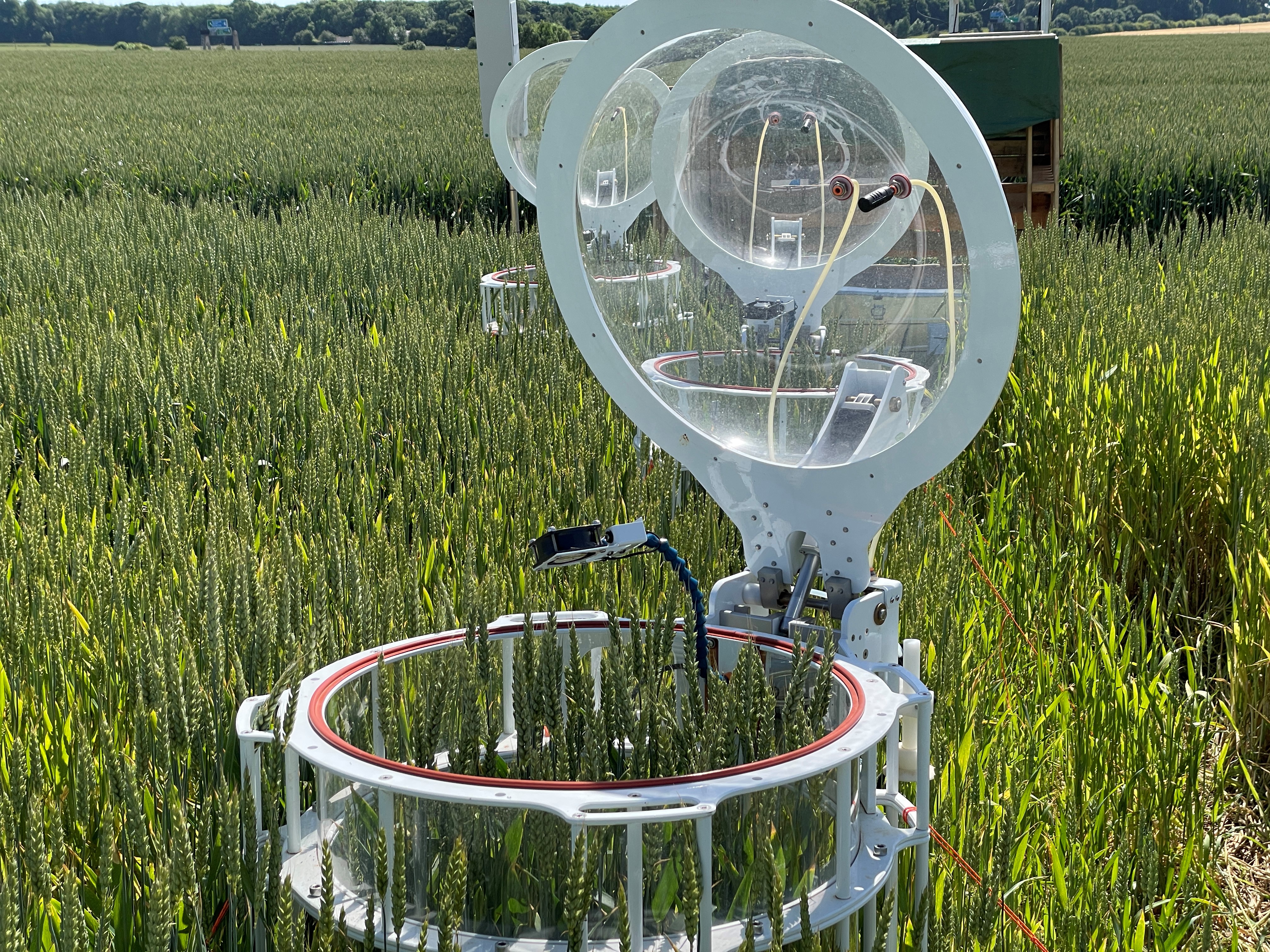
Handheld Fourier Transform Infrared (FTIR) spectrometer
The FTIR will be part of the Leeds Soil Spectroscopy Laboratory (LSSL), a state-of-the-art facility for analysis of soil composition and structure. The LSSL will support ongoing and future research on sustainable food systems in Leeds and the Northern region.
Fate, uptake and toxicity of emerging contaminants in soil-plant systems
This project involves quantitative and qualitative analysis of contaminants in environmental samples (e.g. soil, plant). FTIR will enable a distinctive molecular fingerprint of samples generated in these experiments to be produced, that can be used to screen and scan samples for organic components including pharmaceuticals and personal care products.
Growth of energy crops on industrially contaminated land
Land contaminated with heavy metals is usually unsuitable for food production due to the potential for metal uptake and entry into the food-chain. We are undertaking research on the use of restoration crops that remove soil pollution and improve soil organic matter content to return such land to productive use. Currently we have industrial collaborators that have selectively bred miscanthus species that hyper-accumulate heavy metals (miscanthus is grown commercially for energy generation by biomass combustion). We are determining metal accumulation as a function of growth stage, the partitioning of the metals within plant structures, and the implications of the contaminants on combustion properties (trace metals effect clinkering and ash properties). The LSSL will allow us to study the evolution in soil organic matter during restoration cropping.
Microplastics research
We are currently analysing sediments for microplastics and pharmaceuticals collected during the EU funded Sullied Sediments project. These have been taken from a wide range of sites in UK, German and Belgian rivers to develop a spatial picture of microplastic contamination and pollution sources. This involves utilising FTIR instrumentation which has been proven to have a high degree of accuracy as FTIR can search many polymer software libraries in a short space of time resulting in a high degree of accuracy which optical analysis cannot provide. This has proven particularly useful for determining if microfibers in the environment are natural or synthetic. Future work will involve similar analysis on sewage sludge and soil samples to investigate the presence of microplastics in terrestrial systems.
